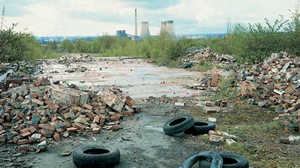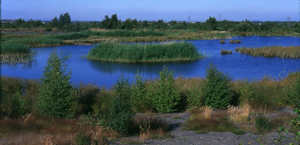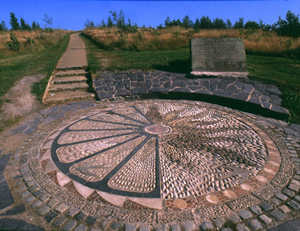Case study: Colliers' Moss Common, St HelensColliers' Moss Common -130 hectares of post industrial land straddling the main Manchester to Liverpool railway line to the south east of St Helens, Merseyside. To the south - the remains of Bold Colliery and Bold Power Station. To the north - fragments of a once extensive wetland at the fringes of a coal spoil heap. In 1990 Groundwork St Helens, Knowlsey and Sefton accepted the challenge from British Coal to restore the site. Reclamation work would accelerate and enhance natural re-colonisation to create a nature-rich urban common for local people. Community involvementWith the help of local users natural regeneration and community involvement went hand in hand. Habitats developed include wetlands (using existing lagoons), grassland, heathland, woodland and untreated colonising spoil. Colonies of orchids have been encouraged to spread and new species of wildlife are arriving each year. The site is now widely used by local residents for fishing, dog-walking and exercise. Colliers Moss Common was the forerunner of a major community led ecological regeneration programme called Changing Places. See more details of Changing Places. --> Common land |
 Collier's Moss before (above) and after development 

|
To commission work of this nature, contact David Thorpe.
back to About David
© David Thorpe 2006 All Rights Reserved
 A history of greenspace and parks
A history of greenspace and parks